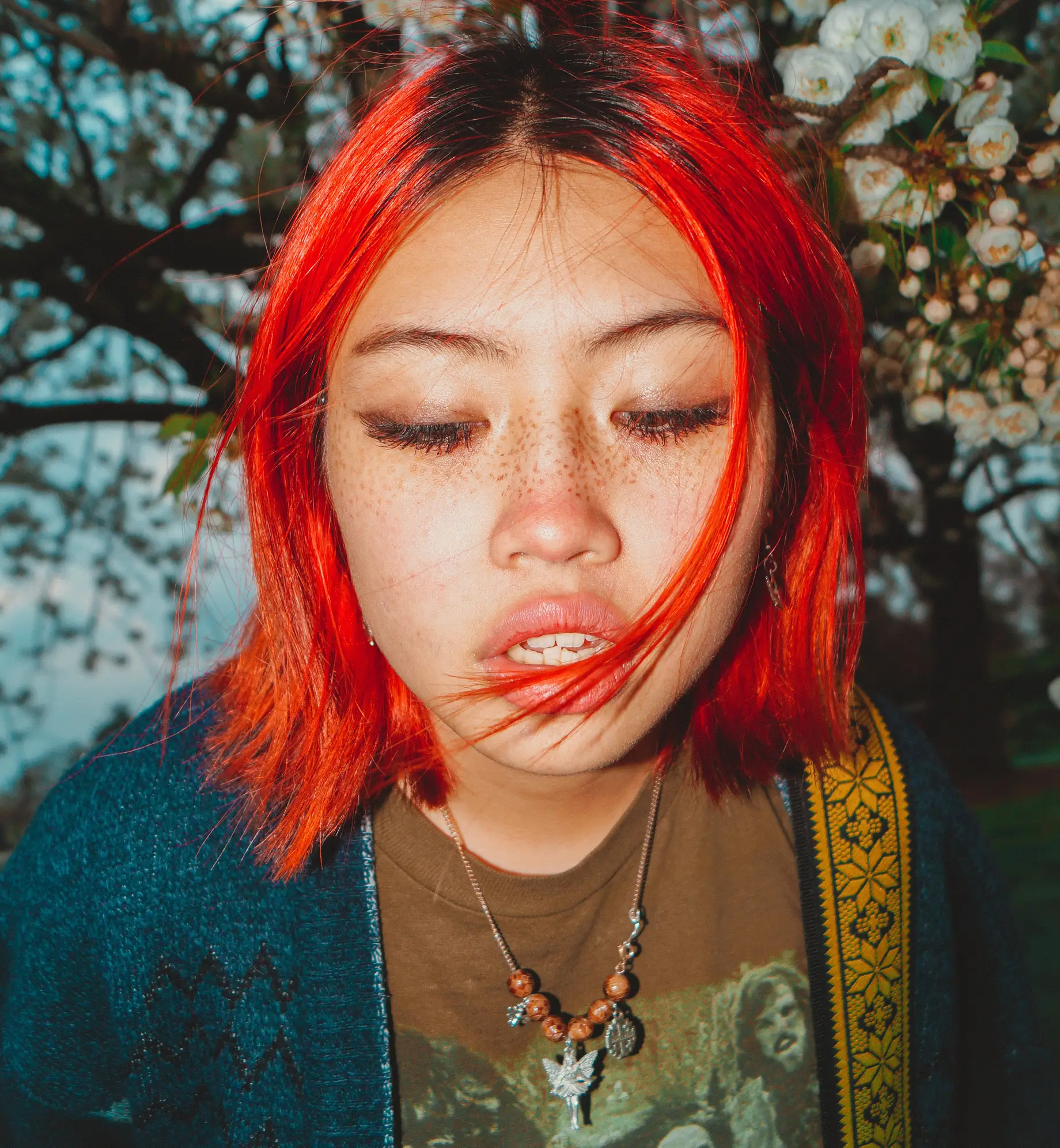Written by Lina Adams
The pioneers of modern bedroom pop, including Beabadoobee, Clairo, and mxmtoon to name a few, have enjoyed notable successes in recent years that have led them out of the confines of their makeshift home studios. The genre has always been about pioneering DIY, self-made sounds, but is that term now redundant for artists that have access to high-quality production methods? Or is ‘bedroom pop’ more of an ideology rather than a musical genre – hallmarked by the enduring vulnerability and candidness of the artists’ words?
To understand how the landscape of bedroom pop is changing, we must take a look at how it began. With growing digital advancement and namely the arrival of the multitrack tape recorder throughout the 1980s, home recording became a feasible option for musicians. Whether you were a student exploring song-making for the first time, or a seasoned musician looking to hand out mixtapes at your local McDonalds, you had tools like the Portastudio at your disposal. However, recording technologies were still in their early stages and often lacked the storage capacity for full songs. It wasn’t until the surge of computers in the 90s that the advent of digital audio truly began to take shape, and computers rapidly became prevalent. Artists like Daniel Johnston and Elliott Smith amassed a cult following, and are widely regarded as the founding fathers of lo-fi. Flash forward a few decades, and the late 80s and 90s are considered the beginning of the bedroom pop movement because of the raw, unfiltered nature of the recording process.
It was only in the late 2010s that bedroom pop made waves in the music industry and among indie fans. This was mainly due to the increasing popularity of social media platforms which provided evermore avenues for artists to grow their fanbase. With landmark artists like Clairo, beabadoobee, Conan Gray and girl in red gaining popularity through songs recorded in their home studios, a new market for indie pop lovers cracked wide open.
Towards the end of the 2010s, these same artists started enjoying greater commercial success. In 2017, Clairo signed a record deal with Fader Label, following the success of self-released ‘Pretty Girl’ which went viral on YouTube. Beabadoobee has only been on the rise since the beginning of her career; in 2018, she signed to major label Dirty Hit, after receiving recognition from the1975’s Matty Healy and George Daniel. Two years later, she was catapulted further into stardom after a remix of her 2018 song Coffee went viral on TikTok. The rise of the algorithm ushered in waves of new fans who liked what they heard and were eager for more, begging the question of what it truly means to be bedroom pop, and if the label still rings true in the aftermath of achieving stardom.
But does it matter how the music is recorded, as long as it champions vulnerability at its core? The phrase ‘bedroom pop’ represents a space that allows you to be candid and unapologetically you. It’s debatable whether this personal, intimate experience can be found in a professional studio atmosphere, far from the comfort and safety of your own home where you maintain full creative control. Maia, known professionally as mxmtoon, has stated herself that “bedroom pop is more of an idea, of a person sitting in a small space and using whatever resources you have to make songs you’re proud of.”
On the other hand, the commercial success of these renowned bedroom pop artists has undoubtedly provided them with the valuable opportunity to push musical boundaries, and explore their own artistry using industry grade facilities. It is not marked by a single distinctive sound, rather, it is known for its unique blend of indie pop and alternative elements. As the genre is widely regarded as inclusive and fluid, its meaning is always changing and adapting to our times, revolutionised by constant shifts in music technology.
Ideologically, though, bedroom pop goes beyond instrumental and production capabilities. The songwriting itself is heralded by yearning – it’s softly angry and honest, like a long, forced exhale that sounds like a quiet scream. In Glue Song, Beabadoobee sings of being “tangled in love” and stuck to somebody. The nostalgic words are accompanied by an innocent melody, and a slow, easy beat. Still Woozy sings gently about falling in love over and over again, against a backdrop of sparkly, brain-scratching production. The genre captures tenderness, coming of age, and wonderment all in one, and it’s clear that the leaders of the bedroom pop movement that rose to prominence in the late 2010s continue to hold these values close.
So, can the faces of the 2010s bedroom pop revival still be considered bedroom pop artists, in the wake of considerable global success? Regardless of what you believe, they are still pioneers of a movement that has taken the indie pop scene by storm, thus influencing many emerging DIY artists today.






